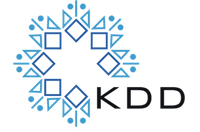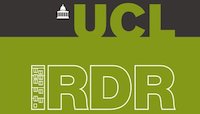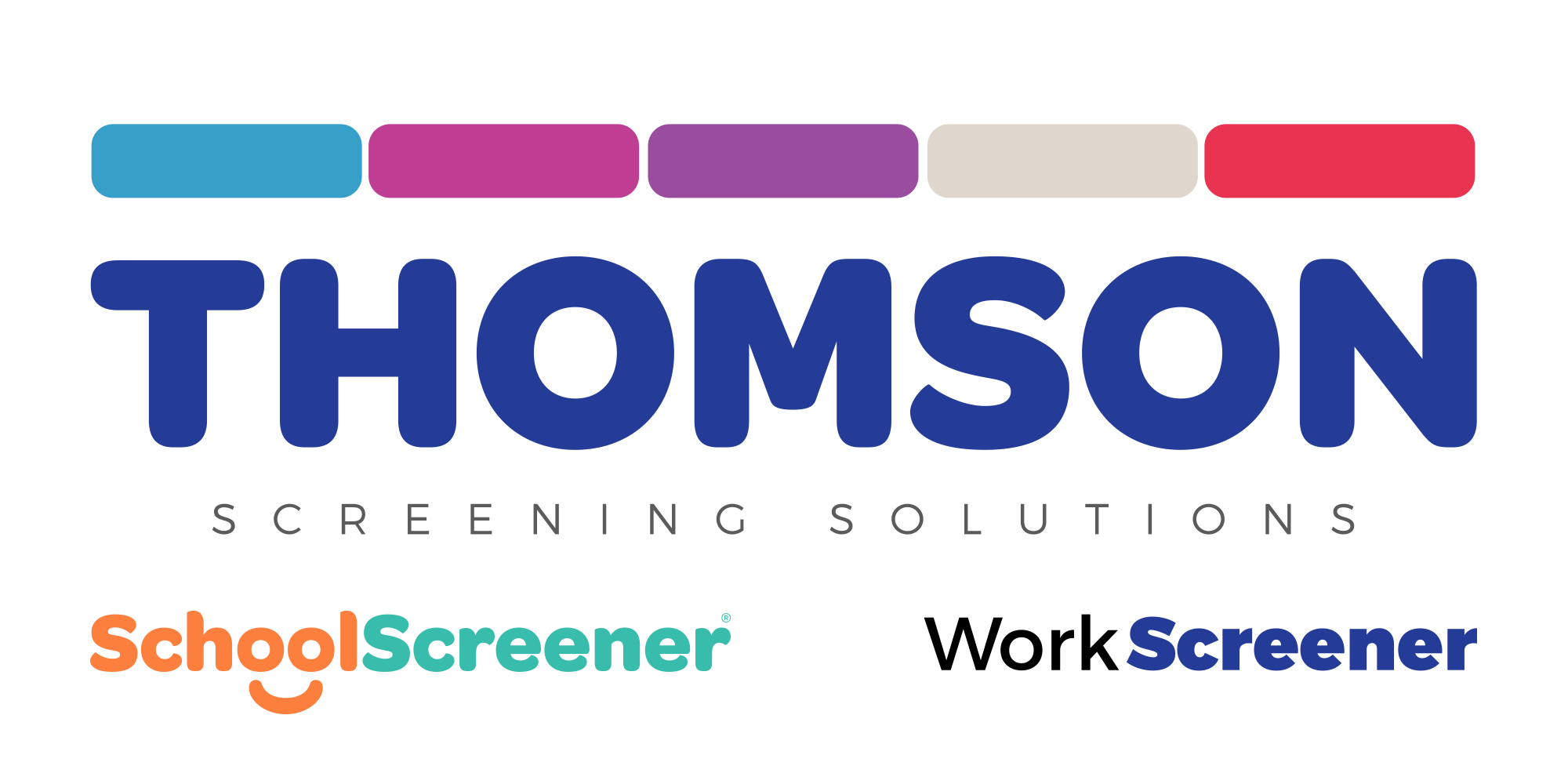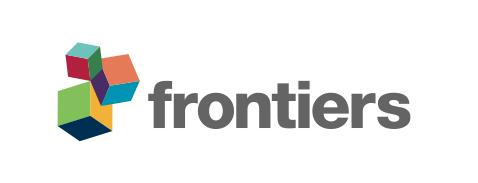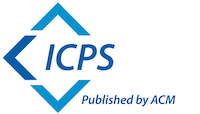
This project has been shortlisted for the DPH 2019 Innovation Prize – Best Partnership
Team: Luis Saboga Nunes, André Pereira, Anabela Picado and Enadio Moraes Filho ( ProLiSa; Centro de Investigação em Saúde Pública, Escola Nacional de Saúde)
Outline: Introduction: The use of smartphones and apps, has reached a vast number of citizens today in the world. Health related apps (HAPPS) (estimated to be 318.500 in 2017) have become popular, but little is known about their real impact in public health. The goal of this research is to understand what are the most common used HAPPS, how health literacy (HL) mediates their use and to what extent do they contribute to quality of life.
Methods: The study is observational, cross-sectional and includes both quantitative and qualitative data from an adult population working in one financial corporation. Using a survey (CAWI) data was collected about Health Literacy (HL) (using the European Health Literacy Survey validated to Portugal ((HLS-EU-PT), the use of apps and their influence in quality of life. The sample (n=748) includes participants from the different offices of the company in Portugal mainland and its autonomous territories. A complementary analysis was added with two study cases on the use of HAPPS mobile tool.
Results: In this study where 58% are males, 40% have between 36 and 45 years old and 9.2% refer the use of health promotion apps. Of the participants, 7.1% have inadequate, 39.0% problematic, 36.6% sufficient and 17.3% excellent HL (HLS-EU-PT). Content analysis showed that the categories most common in this sample were apps for running 44.9% (58.1% males) and health monitoring 26.1% (with 55.6% males). Those who use apps have a slightly higher value of HL than those who don’t use, but this difference is not statistically significant. We also selected the only two participants that answered positively about the use of disease management apps. A 42-year-old male, which refers to have more than one disease, use “Diabetes on track” as a disease management app. With a score of 40.07 in HL (mean of the sample 34.5, SD 7.02) this participant presents sufficient HL but has a higher level of Healthcare Literacy (42.71) (mean of the sample 35.2, SD 7.04), a value of 21 in the score of quality of life (mean of the sample 19.8, SD 3.6) and a Body Mass index (BMI) of 23 (mean of the sample 25.1, SD 3.88). The other case selected is a 56-year-old male witch refers to have no disease. “FatSecret” is the app that this participant is using as a disease management app. His score of HL is 29.79 (that includes him in the participants group with problematic HL). His score on Healthcare Literacy was 30.21, for quality of life he has a score of 15 and he presents also a BMI of 23.
Conclusion: In this sample, not more than 10% of individuals are using apps to promote their wellbeing and only two individuals are using disease management apps. Implementing research focusing HL, quality of life and the use of mhealth tools is a new field in public health and allow researchers to identify trends that may trigger strategies to implement health promoting strategies in the work setting. More research is needed to understand how mhealth shape the everyday lives of prosumers in their quest for wellbeing. Of the selected study cases, the one that uses Diabetes on track has a higher level of HL and healthcare literacy when compared with the other participants. The other study case has a lower Health literacy and healthcare literacy score. The first study case also reveals a higher score for quality of life. The results from the BMI score for these two selected participants, both with 23, they both have a lower BMI than that of the other participants (minimum BMI: 17; maximum BMI: 46).
Further research is needed to understand how mhealth tools (focusing health promotion or disease management provision) can contribute to quality of life and how HL can be a strategy to empower individuals to achieve higher standards of wellbeing.

